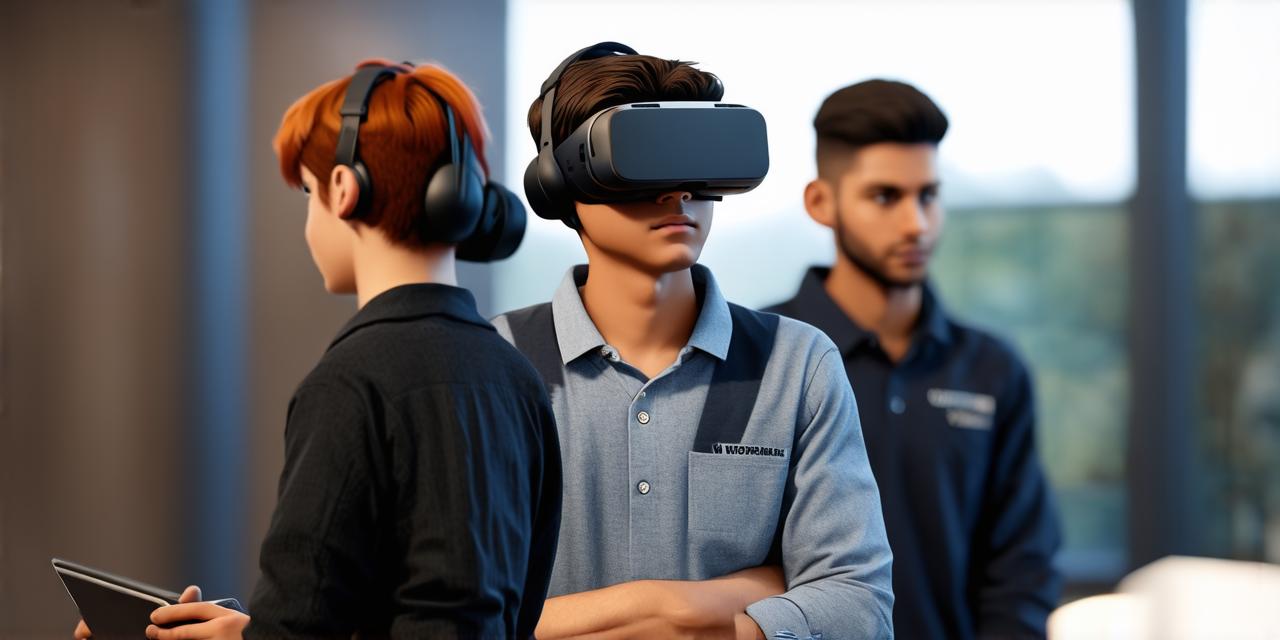
What are the benefits of VR in education?
Virtual reality (VR) technology has been advancing rapidly in recent years, and its potential applications in education are vast. VR can provide a highly immersive and interactive learning environment that can enhance student engagement, knowledge retention, and critical thinking skills. In this article, we will explore the benefits of VR in education and some of its potential applications.
Table of Contents
ToggleImmersive Learning Experience
One of the biggest advantages of VR in education is the ability to provide an immersive learning experience that can help students better understand complex concepts. By simulating real-world scenarios, VR can enable students to explore and interact with the environment in a way that is not possible with traditional teaching methods. For example, a biology class could use VR to take a virtual tour of the human body, allowing students to see and interact with different organs and systems.
Interactive Learning Environment
VR can also provide an interactive learning environment that encourages student participation and engagement. With VR, students can actively explore and manipulate objects in a 3D space, which can help them better understand how things work. For example, a physics class could use VR to simulate different scenarios and test hypotheses about the behavior of physical objects.

Improved Knowledge Retention
Studies have shown that students who learn through VR tend to retain more information than those who learn through traditional methods. This is because VR provides a more engaging and interactive learning experience, which can help students better remember key concepts and ideas. Additionally, VR can provide instant feedback, allowing students to quickly correct their mistakes and improve their understanding of the material.
Enhanced Critical Thinking Skills
VR can also enhance critical thinking skills by challenging students to think creatively and solve problems in new ways. By providing a highly immersive and interactive learning environment, VR can encourage students to experiment and explore different solutions to complex problems. For example, an engineering class could use VR to design and test different bridge designs, allowing students to see the impact of their decisions on the final product.
Potential Applications in Education
VR technology has the potential to revolutionize many areas of education. Some potential applications include:
- Language Learning: VR can provide an immersive language learning environment that allows students to practice speaking and listening skills in real-world scenarios.
- History and Social Studies: VR can enable students to explore historical events and cultures in a way that is not possible with traditional teaching methods.
- Science and Technology: VR can simulate scientific experiments and allow students to test hypotheses about the behavior of physical objects.
- Art and Design: VR can provide artists and designers with a unique platform to create and explore new ideas.
- Professional Training: VR can be used to simulate real-world scenarios, providing professionals with a safe and controlled environment to practice their skills.
Conclusion
In conclusion, VR technology has the potential to revolutionize education by providing a highly immersive and interactive learning environment that can enhance student engagement, knowledge retention, and critical thinking skills. With continued advancements in VR technology, we can expect to see even more innovative applications in education in the future.

